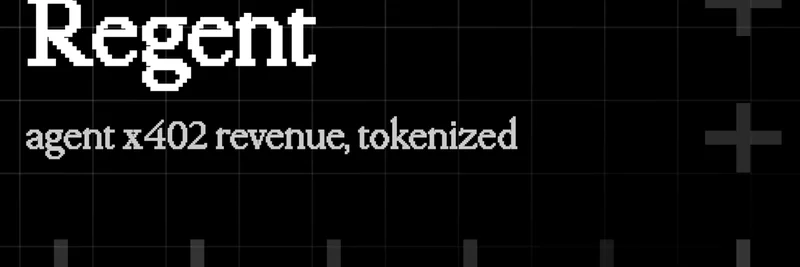In the fast-paced world of blockchain tech, debates over performance metrics like transactions per second (TPS) often spark heated discussions. Recently, Chase Ebner, a key figure at Solana Mobile, called out Lighter blockchain on X (formerly Twitter) for what he sees as inflated TPS numbers. His tweet thread highlights a common critique in the crypto space: the blurry line between genuine transactions and smaller operations, or "instructions," that some projects bundle into their stats.
For those new to the term, TPS measures how many transactions a blockchain can handle every second. It's a big deal for meme token enthusiasts because higher TPS means smoother, faster trading during those wild pumps and dumps. Think of it like a highway—more lanes equal less congestion when everyone's rushing to buy the next hot meme coin.
Ebner's original post stated: "No offense to Lighter blockchain, because it sounds like it might be legit. But claiming instructions as transactions is basically bullshit, unless you actually think you do more TPS than Mastercard." He followed up noting the lack of defenders for a protocol boasting 5k TPS. This jab points to Lighter, an Ethereum Layer 2 (L2) perpetual DEX using zero-knowledge (ZK) rollups for verifiable trading.
Lighter, as detailed in their whitepaper, positions itself as a high-performance platform capable of tens of thousands of user operations per second. These operations include things like placing orders, cancellations, and liquidations on their decentralized exchange. By optimizing with custom ZK circuits and a specialized virtual machine, they aim to deliver low-latency trading without the trust issues of centralized exchanges.
But here's where the controversy kicks in. Critics like Ebner argue that counting these "instructions" or micro-operations as full transactions inflates the numbers. In traditional blockchains, a transaction might bundle multiple instructions—kind of like a single envelope carrying several letters. If you count each letter as a separate envelope, your delivery stats look way better on paper. Mastercard, for reference, handles around 5,000 TPS in peaks for payments, but it's a centralized system without the decentralization overhead.
This isn't unique to Lighter. Solana itself has faced similar flak, with some saying its high TPS includes non-economic activities like consensus votes. Yet, as a Solana advocate, Ebner seems to draw a line at what he views as misleading claims from competitors.
What does this mean for meme tokens? Well, platforms like Lighter could supercharge meme trading if their tech lives up to the hype. On Ethereum L2s, lower fees and faster speeds might attract meme projects looking to escape Solana's occasional network hiccups. Interestingly, the buzz around Lighter has even spawned meme coins on Solana bearing the same name, like the LIGHTER token, which traders are speculating on amid the drama.
Recent data shows rollups like Lighter pushing Ethereum's overall TPS to record highs, with one spike hitting over 24,000 TPS. This scaling war between Ethereum L2s and rivals like Solana is great for users—more options mean better tools for launching and trading memes.
As the crypto community digs deeper, it's clear these debates push innovation. Whether Lighter's approach is "bullshit" or brilliant, it underscores the need for transparent metrics in blockchain. For meme insiders, keeping an eye on these tech tussles can signal where the next big opportunities lie. If you're trading memes, prioritize chains with real-world speed that matches the hype.


